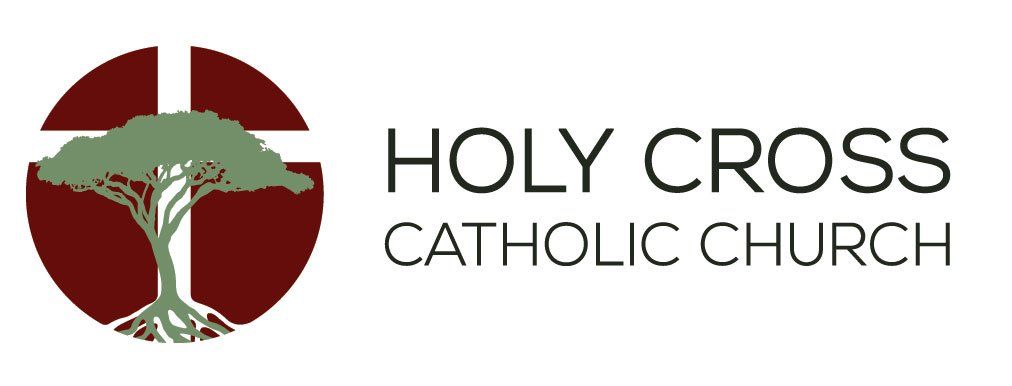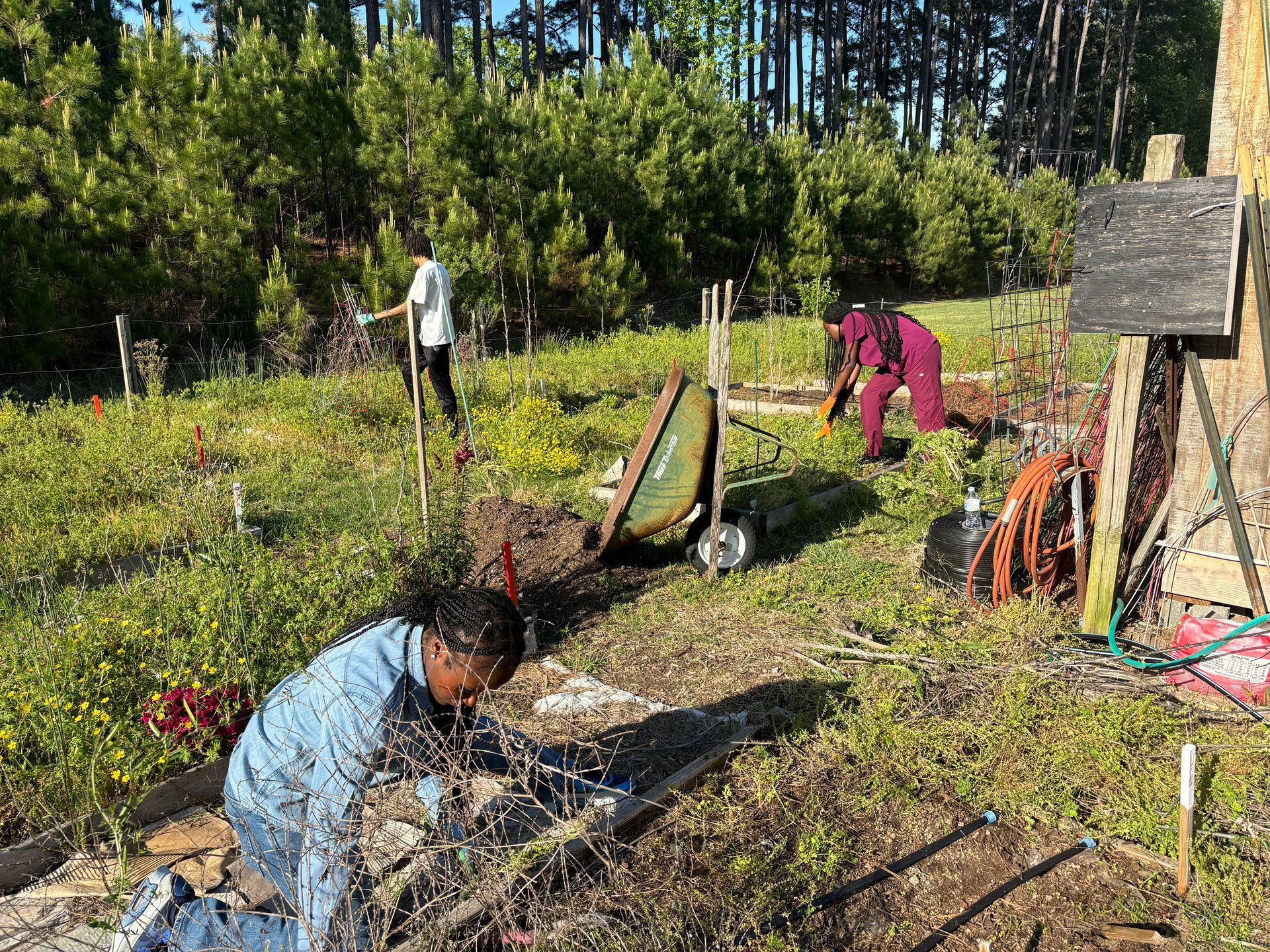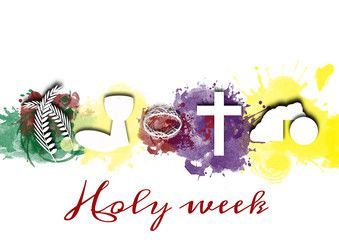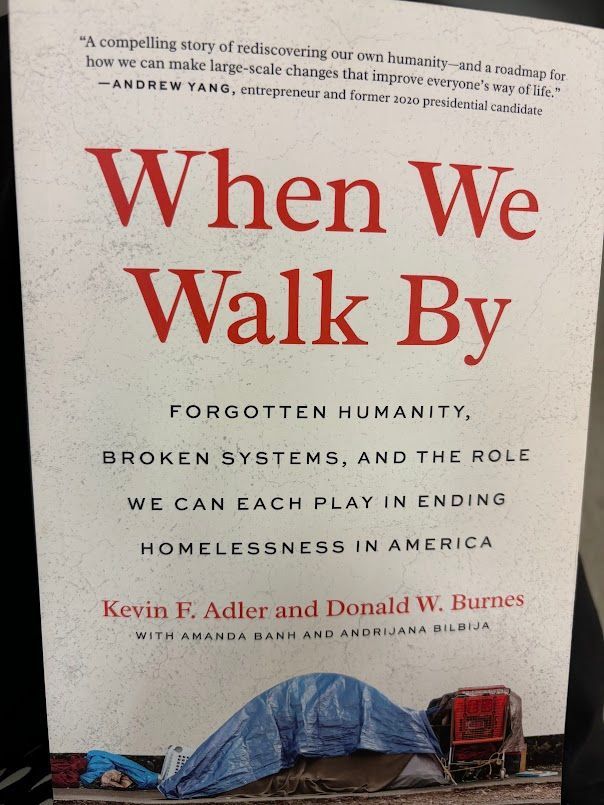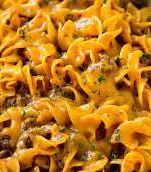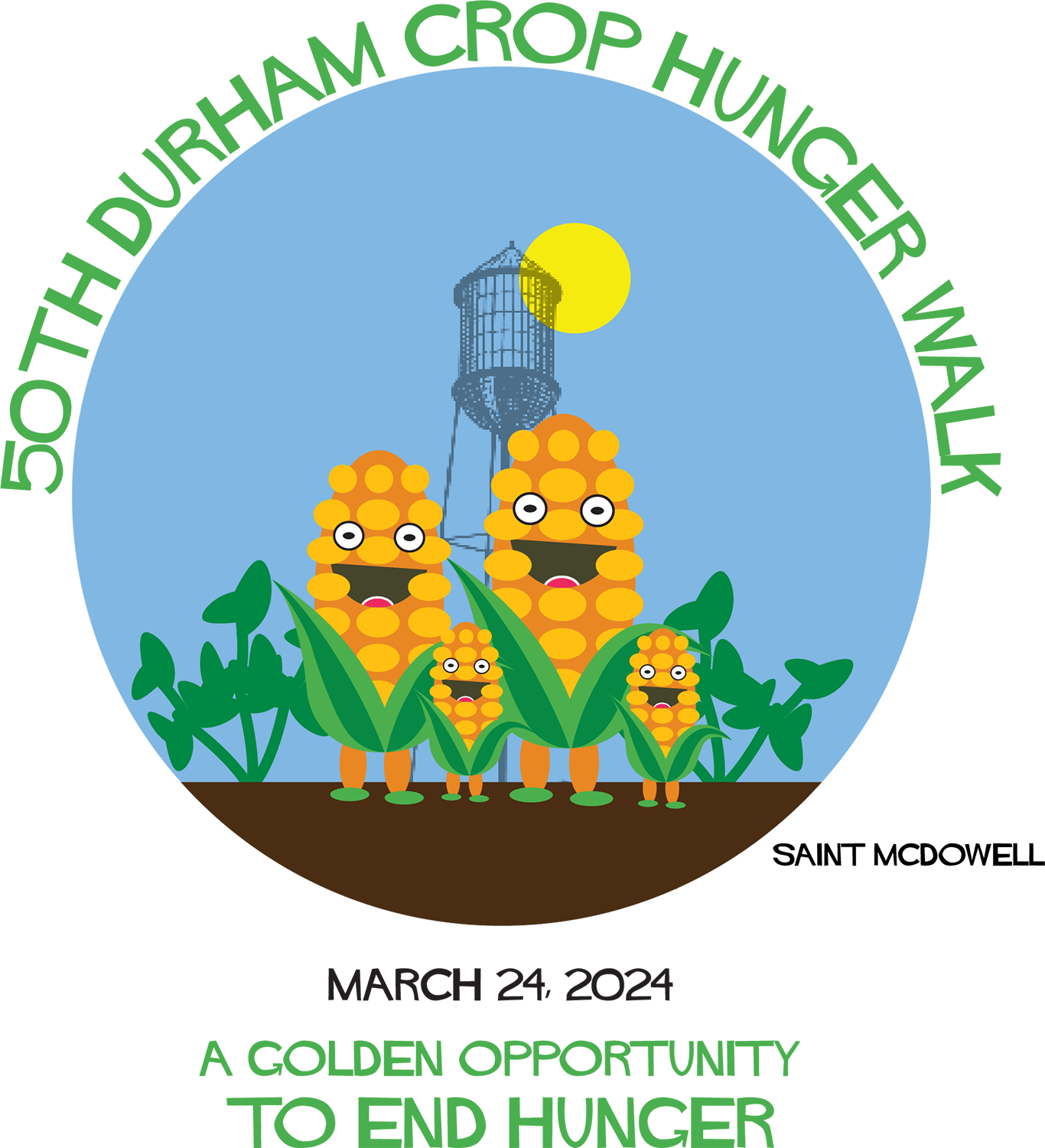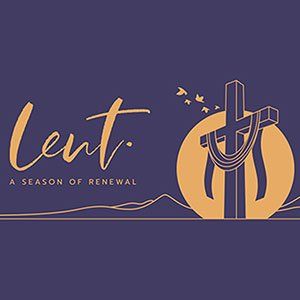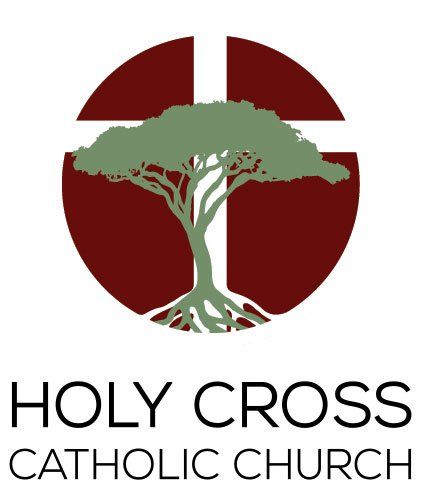Kwanzaa (December 26 - January 1) is a time for families and communities to come together to remember the past and to celebrate African American culture.
The Seven Principles of Kwanzaa
Content is from the National Museum of African American History & Culture.
Click the NMAAHC link for daily reflections, recipes and more.
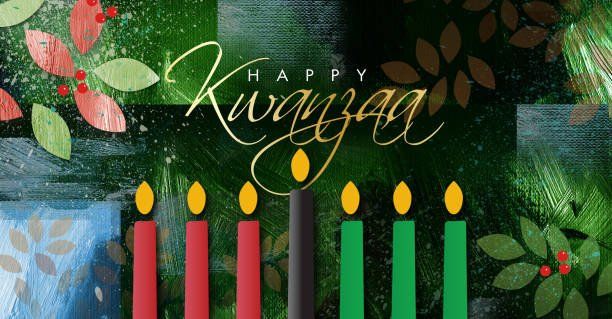
Kwanzaa: a time of learning, family and celebration.
DAY 1: UMOJA (oo-MO-jah)
UNITY: Stresses the importance of togetherness for the family and the community which is reflected in the African saying: "I am We," or "I am because We are.)
Day 2: Kujichagulia (koo-gee-cha-goo-LEE-yah)
SELF-DETERMINATION: Requires that we define our common interests and make decisions that are in the best interest of our family and community.
Day 3: UJIMA (oo-JEE-mah)
COLLECTIVE WORK AND RESPONSIBILITY: To build and maintain our community together and make our sister's and brother's problems our problems and to solve them together.
Day 4: UJAMAA (oo-JAH-ma)
COOPERATIVE ECONOMICS:
To build and maintain our own stores, shops and other businesses AND TO PROFIT from them together.
Day 5: NIA
PURPOSE: To make our collective vocation the building and developing of our community in order to restore our people to their traditional greatness.
Day 6: KUUMBA
CREATIVITY: Kwanzaa is a time of learning, family and celebration.
To do always as much as we can to leave our community more beautiful and beneficial than we inherited it.
Day 7: IMANI
FAITH: To believe with all our hearts in our people and the righteousness and victory of our struggle.
___________________________
During the week of Kwanzaa, families and communities come together to share a feast, to honor the ancestors, affirm the bonds between them, and to celebrate African and African American culture.
Each day they light a candle to highlight the principle of that day and to breathe meaning into the principles with various activities, such as reciting the sayings or writings of great black thinkers and writers, reciting original poetry, African drumming, and sharing a meal of African diaspora-inspired foods.
The table is decorated with the essential symbols of Kwanzaa, such as the Kinara (Candle Holder), Mkeka (Mat), Muhindi (corn to represent the children), Mazao (fruit to represent the harvest), and Zawadi (gifts). One might also see the colors of the Pan-African flag: red (the struggle), black (the people), and green (the future), represented throughout the space and in the clothing worn by participants. These colors were first proclaimed to be the colors for all people of the African diaspora by Marcus Garvey.
Click to learn more about Kwanzaa at the national Museum of African American History & Culture - Smithsonian website.
